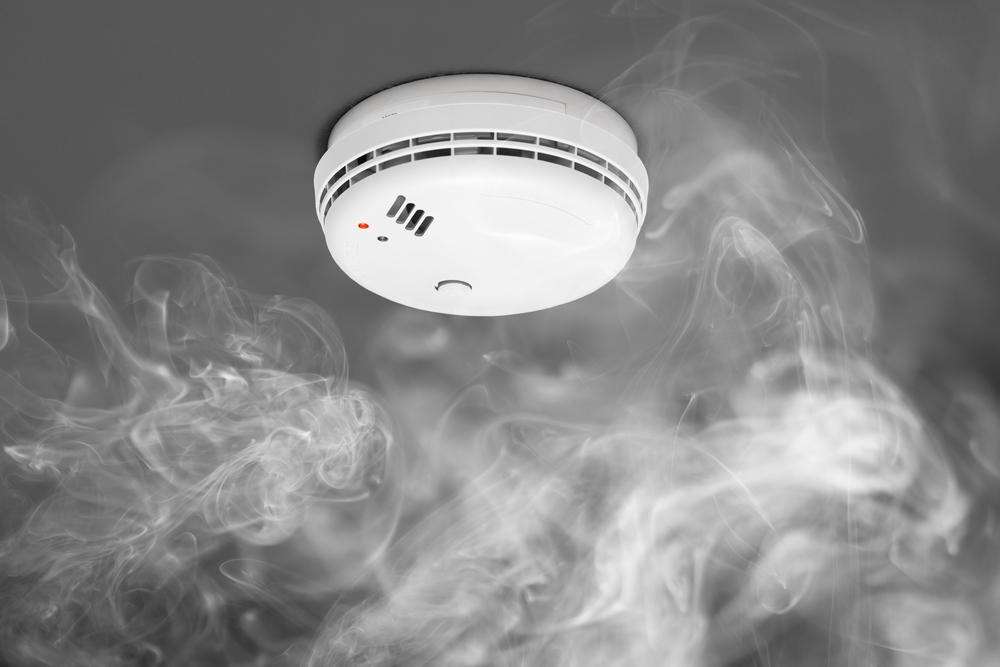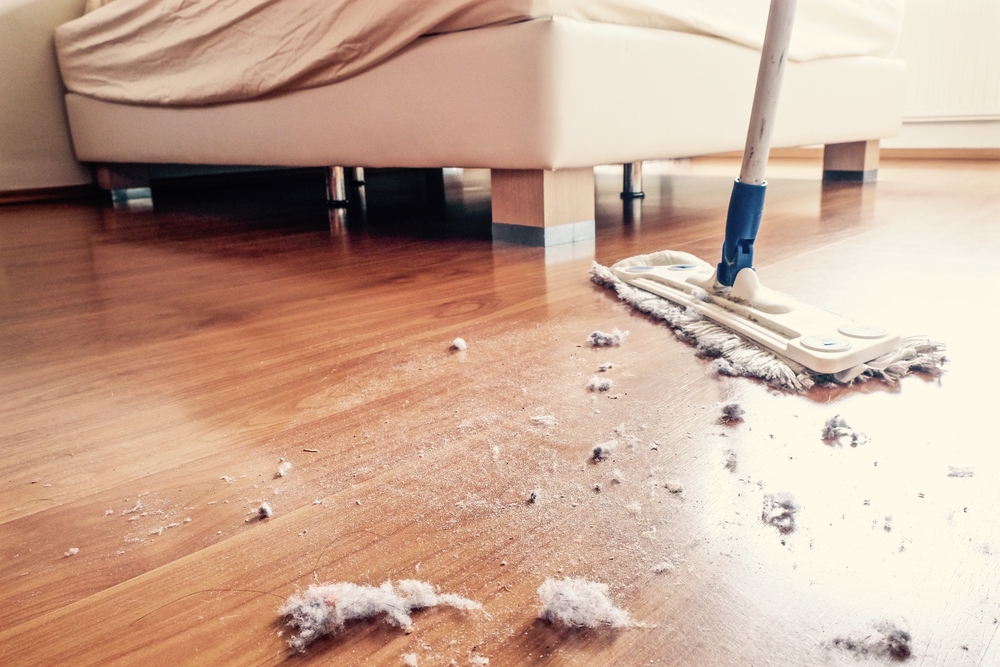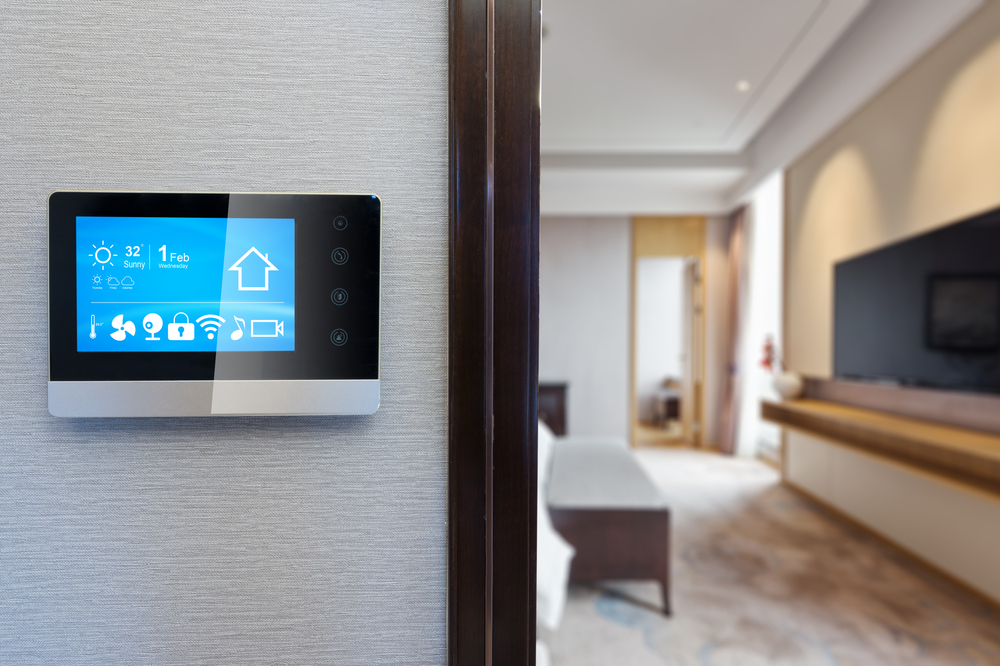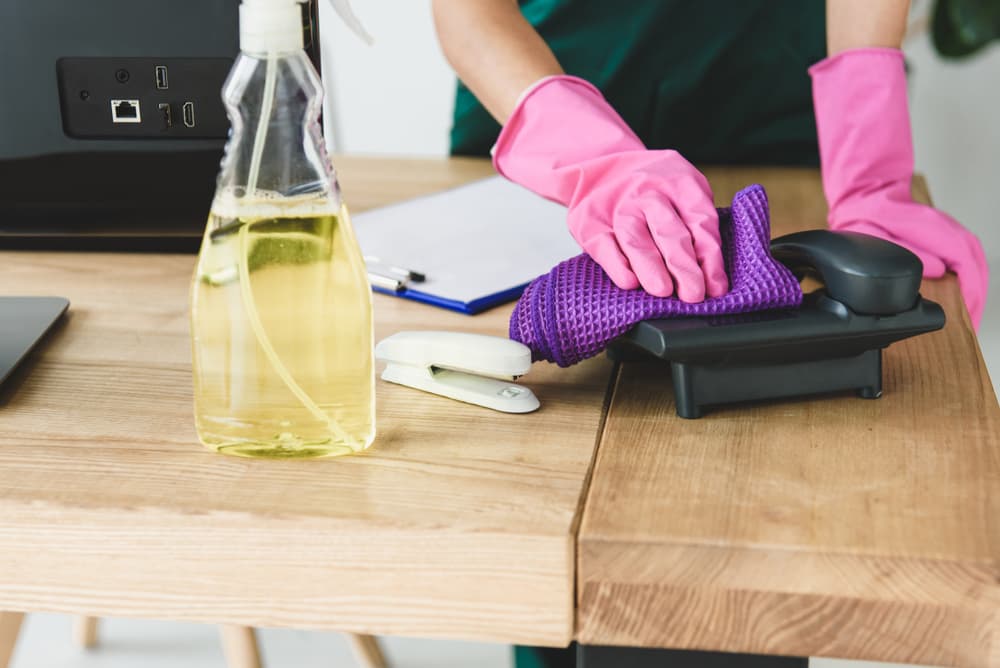Carbon monoxide (CO) is an extremely dangerous gas that is near-impossible to detect without the right equipment and training. It can be found not only in homes but also in workplaces. While calling in an air quality inspector for a regular environmental checkup is important, there are a few aspects of carbon monoxide that are beneficial to learn about. Let’s spotlight them.
You Can’t Smell or See it
Carbon monoxide is a completely colourless, odourless, and tasteless gas. This means, as we hinted at, you can only detect it using specialized equipment that can find and identify it. For homes and workplaces alike, having a carbon monoxide detector installed on every floor is crucial. This is especially important on floors with combustion appliances, engines and other equipment that may create the gas.
What Carbon Monoxide Does to the Human Body
The primary reason that carbon monoxide is so incredibly toxic to our health – even lethal with sufficient exposure – is due to how it affects the bloodstream. Tissue in the human body relies on a steady supply of oxygen in order to function correctly, with the brain being especially sensitive in this regard. Carbon monoxide actively prevents the bloodstream from receiving this oxygen when we breathe it in, especially during extreme exposure. As a result, the red blood cells in your body are poisoned, and the tissue loses its functionality.
Risks of Prolonged Exposure
The longer you remain in an area with a high amount of carbon monoxide, the more serious the poisoning will become. Relocating to fresh air doesn’t immediately ‘cure’ oxygen deprivation as it takes a long time for carbon monoxide to leave the body. This gas is even known to kill individuals when exposed to a high amount for a prolonged period.
Why Call in an Indoor Air Quality Inspector?
These dedicated, well-trained, and highly experienced professionals have the tools and techniques needed to ensure you are fully aware of what is in your indoor air and the risk of back drafting. In workplace environments such as manufacturing facilities and even offices, we’ve detected carbon monoxide and advised on immediate actions to minimize the risk to occupants. There’s a common misconception that only garages and other similar environments can contain carbon monoxide, but that’s simply not true. Leaky furnaces and chimneys, unvented kerosene, gas stoves and space heaters may possibly introduce the gas.
Unsure what’s in your workplace’s indoor airstream? We’re happy to assist. Contact our team today at Indoor Air Quality Ottawa for efficient, effective, and well-informed service.







